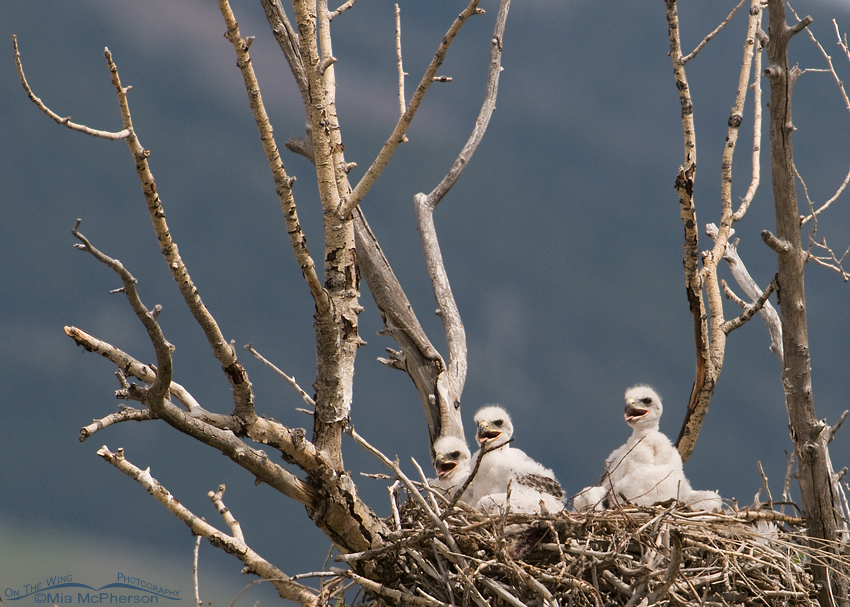 Nesting American Coot at Bear River Migratory Bird Refuge, Box Elder County, Utah
Nesting American Coot at Bear River Migratory Bird Refuge, Box Elder County, Utah
Spring means birds are getting ready to find mates, breed, nest and raise their young. Spring also means there will be a flood of “cute” images of chicks in their nests and chicks up close on the internet. Photos that people will “oh” and “ah” over get tons of likes and “great shot” comments on social media.
But please know this, not all of those cute little chick images are wonderful because some of the people have gotten way too close to the chicks or the nests. Some of those people have knowingly or unknowingly stressed the adults or the chicks or both. Some of those people didn’t use a long lens to get those shots, they used a point and shoot, their cell phone or a landscape lens. Some of those people have spent too long a period of time trying to “get the money shot” and have prevented the adults from taking care of their young. Some are amateur photographers and some are pros.
Spring is also a time when I look at some of those “cute” chick images and cringe because of my concern for the well being of the birds.
 Ferruginous Hawk chicks in their nest, Madison County, Montana
Ferruginous Hawk chicks in their nest, Madison County, Montana
For me, my own personal ethics dictate that the image is never as important as the well being and safety of my subject. Never. Ever. If something happened to one of my subjects because of me I would have to sell all of my gear and stop photographing birds. That is how strongly I feel about this matter.
I use long lenses when I do photograph birds in their nests and even then I will take the images from far away and then in post processing take huge crops to bring the chicks closer in the photo. I don’t stay long at nests. And most of the time I avoid nesting birds unless I know can take images without interrupting the their normal habits.
Why? Because the image is never as important as the well being and safety of my subject, especially when it comes to nests and chicks.
 American Oystercatcher on nest with eggs, Fort De Soto County Park, Pinellas County, Florida
American Oystercatcher on nest with eggs, Fort De Soto County Park, Pinellas County, Florida
Ethics on photographing nesting birds:
- Do not approach too closely;
- If the birds show any sign of distress, back away;
- Don’t trim leaves, twigs or branches to get a clearer shot, you may inadvertently attract predators or cause the eggs/chicks to over heat;
- Follow local, state and federal guidelines concerning nesting birds;
- Don’t harass the birds to get an action shot;
- Don’t stay a long time with nesting birds or chicks, that disrupts their normal behavior;
- Always remember that your scent may draw predators to the area of nesting birds or birds with chicks.
For more information on the ethics of photographing nesting birds or chicks check out the Principles of Birding Ethics published by the American Birding Association.
At this time of the year we should be careful where we step, where we drive and how closely we approach nests and chicks, it is very important not to stress the chicks or adults.
Yes, the chicks are adorable, yes they are cute and cuddly looking. But they are wild, they are fragile and they deserve our respect.
Life is good.
Mia
All of these images were taken from a distance with a long lens.


Hi! I am so proud of you and your works, words and photo’s and concerns for our ,earth and wild life! Never change Who you are! And what you believe in! lots of love mom
Wonderful images and a good reminder on being respectful of the nesting birds.
Thank you.
Sometimes a little anthromorphism doesn’t go astray. WE would not like strangers poking cameras at us and our babies…
Woo Hoo. My comment went through.
Good reminders. Even those of us who love birds and wildlife in general need a gentle refresher sometimes.
Thank you…for your integrity, your efforts to protect wildlife, your ethics, and for educating the receptive….
Nicely done Mia…. again.. ;-)))